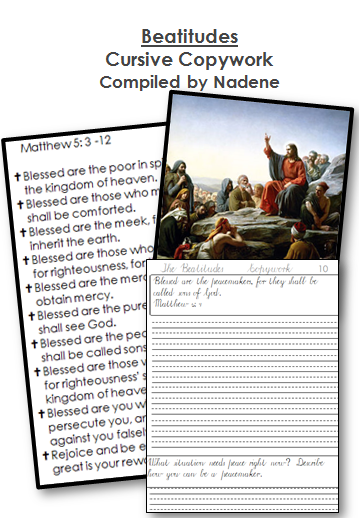Updating archives ~ Get your FREE Sight Words sampler Ebook and purchase a complete 30-page Sight Words Ebook 
Teaching sight words is a very important and helpful tool to make reading easier for young students from pre-K to Grade 3.
Sight words = often also called high frequency sight words, are commonly used words that young children are encouraged to memorize as a whole by sight, so that they can automatically recognize these words in print without having to use any strategies to decode. (Definition – Wikipedia)
 Sight words often cover almost half the reading material on a page. By memorizing sight words, a child can quickly recognise and recall these words and does not need to decode or break up or sound out every letter of each word, thus simplifying his reading process.
Sight words often cover almost half the reading material on a page. By memorizing sight words, a child can quickly recognise and recall these words and does not need to decode or break up or sound out every letter of each word, thus simplifying his reading process.
What sight word lists to teach?
There are 3 main sight word lists ~
- Dolch Sight Words
- Fry’s 1000 Sight Words list using more modern words.
- Most frequently used words First 100-200 most commonly used words charts or First 100 high frequency word lists
 Whatever lists you choose to teach your child, you should introduce one or two words each day, gradually adding new words while repeating and practicing the taught words until your child has learnt the entire list. Very quickly your child will build a wonderful, rich store of instantly recognized words which he can quickly read, thus building his reading ability.
Whatever lists you choose to teach your child, you should introduce one or two words each day, gradually adding new words while repeating and practicing the taught words until your child has learnt the entire list. Very quickly your child will build a wonderful, rich store of instantly recognized words which he can quickly read, thus building his reading ability.
How to teach sight words?
A general rule = Always say the whole word, then spell it out and then say it again, underlining the whole word with the first 2 fingers from left to right.
There are several additional valuable techniques to teach sight words. You can view these lessons on http://www.sightwords.com/sight-words/lessons/
- See and Say
- Spell and read
- Arm Tap
- Air Writing
- Table Writing
- Quick correction
 Download your FREE sampler ~ Sight Words Sampler including the Dolche lists with words in sentences and the Dice & Spinner templates
Download your FREE sampler ~ Sight Words Sampler including the Dolche lists with words in sentences and the Dice & Spinner templates
Sight word games to play
The best way to practice is to have fun! Once the words have been taught, the child must practice those words daily. Many of these games involve physical exercise which, in turn, strengthens core and fine motor muscles and reinforces directions and spatial awareness. My complete 30-page Sight Words EBook has all the games, ideas, activities, templates and posters for you to have fun teaching and learning sight words with your children.
As in all teaching, you should customize your child’s lists to suit their levels of maturity and ability. When they are ready, they will quickly learn new words and enjoy the learning process.
Click over to my Packages page to order the full 30-page Sight Words Ebook which includes ~
- How to teach sight words lessons with detailed examples.
- 18 Creative Spelling games (one or two players & physical activities
- 24 Spelling ideas with unique activities &fun ideas
- Dolch sight word lists with flashcards & words in sentences
- Fry’s 100 Sight Words
- 100 Frequently used sight word lists
- Spinner and dice templates for games and activities
- Board game and Bingo template
- Links to websites and YouTube videos
Please support me by ordering this wonderful booklet on my Packages Page.
References ~ You will find lots of other lists, flashcards, games and downloads on the web ~
- Sight word lessons – www.sightwords.com/
- Dolch flash cards – www.sightwords.com
- Dolch word lists for all the grades –www.sightwords.com
- All Dolch words alphabetical order pdf download –www.sightwords.com/
- Dolch lists – www.kidzone.ws/dolch/grade1.htm
- Fry’s First 100 Frequency words – www.kidzone.ws
- Sight word games – www.sightwords.com/
- More new sight word games – www.sightwords.com/
- Online sight words games –www.education.com/
- Interactive Printable Flash Cards – www.apples4theteacher.com
- 100 Most common words –.wikipedia.org






















You must be logged in to post a comment.